If you are satisfied with the GridLayout, only missing the automatic label generation, you can create yourself some small helper class, in which you encapsulate the Label and hold a property for the control.
// FormControl.qml
import QtQuick 2.0
import QtQuick.Controls 2.0
Item {
id: root
property alias label: myLabel
Label {
id: myLabel
parent: root.parent
Layout.fillHeight: true
Layout.fillWidth: true
verticalAlignment: Qt.AlignVCenter
MouseArea {
anchors.fill: parent
onClicked: root.control.forceActiveFocus()
}
}
property Item control
Row {
id: content
parent: myLabel.parent // parent it to myLabel.parent, to make sure, that one is added first.
children: [control]
}
}
The usage is simple:
import QtQuick 2.7
import QtQuick.Layouts 1.1
import QtQuick.Controls 2.0
ApplicationWindow {
id: myWindow
visible: true
width: 600
height: 600
color: 'white'
GridLayout {
columns: 2
FormControl {
label.text: 'test1'
control: ComboBox {
model: ['hello', 'world', 'and', 'bye']
}
}
FormControl {
label.text: 'Text'
control: TextField {
}
}
FormControl {
label.text: 'Something Long'
control: TextField {
}
}
}
}
You might omit the control when you declare it the default property Item control in FormControl.qml. Then however you might acidently add multiple controls, where the first will be lost.
I use the Row to benefit from the implicit height and width, but you could also use a Item and set the width and height to it's childrenRect.width/height. I am not sure, however, if this is robust.
